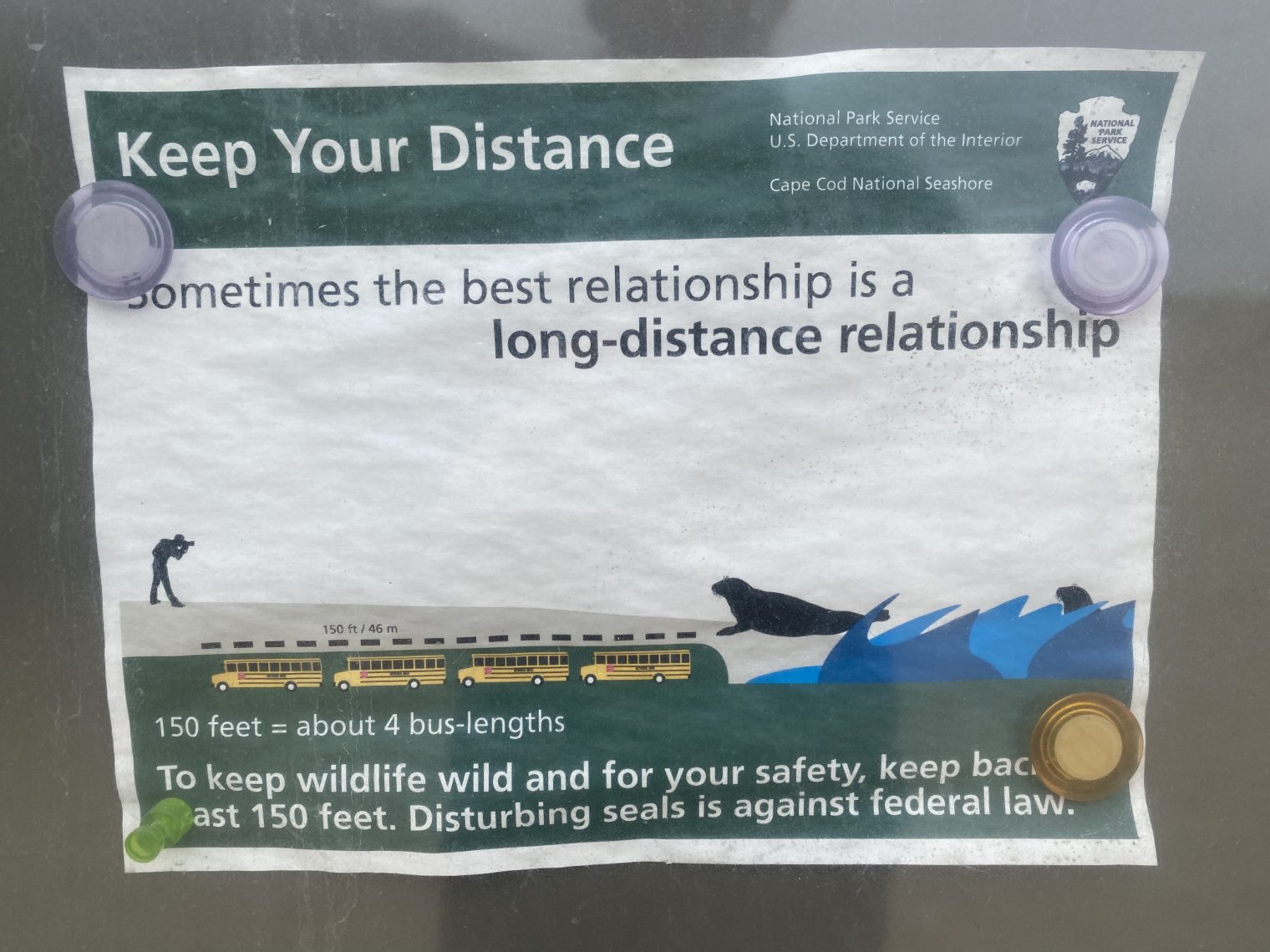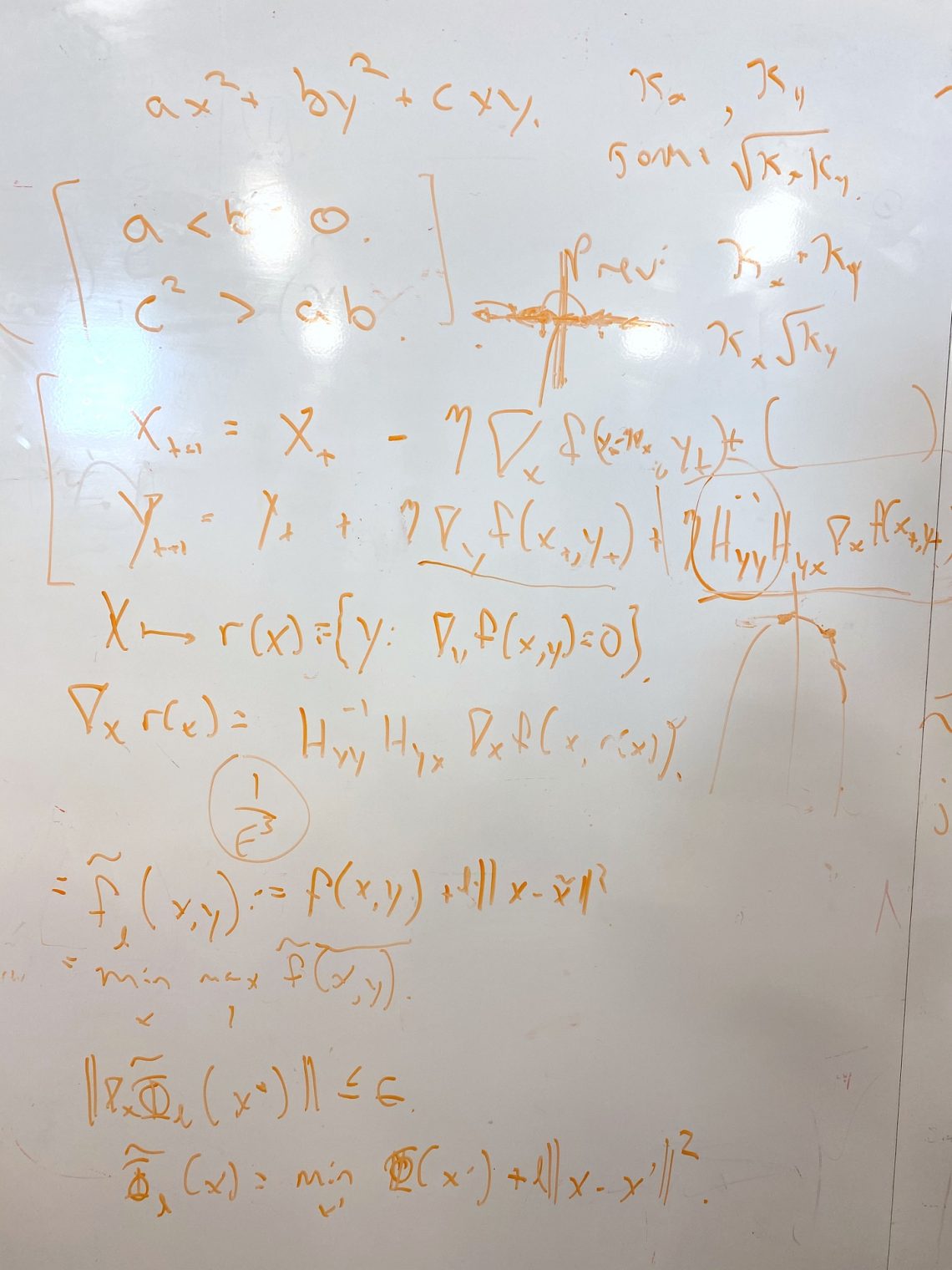The Wizard and the Prophet by Charles Mann, author of the fascinating 1491 (what Elizabeth Warren’s ancestors were up to before Europeans arrived to trash these continents), explores what I think is the biggest issue of our age: can the human population continue to expand without (a) the Earth being transformed into an unpleasant habitat, and (b) humans themselves suffering a Malthusian reduction to a subsistence standard of living.
Mann frames the issue:
The two people were William Vogt and Norman Borlaug. Vogt, born in 1902, laid out the basic ideas for the modern environmental movement. In particular, he founded what the Hampshire College demographer Betsy Hartmann has called “apocalyptic environmentalism”—the belief that unless humankind drastically reduces consumption its growing numbers and appetite will overwhelm the planet’s ecosystems. In best-selling books and powerful speeches, Vogt argued that affluence is not our greatest achievement but our biggest problem. Our prosperity is temporary, he said, because it is based on taking more from Earth than it can give.
Borlaug, born twelve years later, has become the emblem of what has been termed “techno-optimism” or “cornucopianism”—the view that science and technology, properly applied, can help us produce our way out of our predicament. Exemplifying this idea, Borlaug was the primary figure in the research that in the 1960s created the “Green Revolution,” the combination of high-yielding crop varieties and agronomic techniques that raised grain harvests around the world, helping to avert tens of millions of deaths from hunger.
Prophets look at the world as finite, and people as constrained by their environment. Wizards see possibilities as inexhaustible, and humans as wily managers of the planet. One views growth and development as the lot and blessing of our species; others regard stability and preservation as our future and our goal. Wizards regard Earth as a toolbox, its contents freely available for use; Prophets think of the natural world as embodying an overarching order that should not casually be disturbed.
Mann reminds us that the default scientific assumption is that Vogt is correct:
Biologists tell us that all species, if given the chance, overreach, overreproduce, overconsume. Inevitably, they encounter a wall, always to catastrophic effect, and usually sooner rather than later.
Yet, on the other hand, we’ve already apparently cheated what seemed like biological limits. World population has the proverbial Silicon Valley hockey stick growth and yet people are living better than ever, all around the world (except here in the U.S., according to my Facebook friends, since the Trumpenfuhrer arrived at the Reichstag!). Mann cites estimates that humans currently consume 25-50% of the Earth’s “primary production”
Convinced by politicians that STEM is the path to a glamorous and satisfying career? Here’s a description of Vogt’s 1938 job studying birds:
As a new employee of the Compañía Administradora del Guano, Vogt based his operations on the Chincha Islands, three granitic outposts thirteen miles off the southwest coast of Peru. Named, unexcitingly, North, South, and Central Chincha, they were each less than a mile across, ringed by hundred-foot cliffs, and completely covered in heaps of bird excrement—treeless, gray-white barrens of guano. Atop the guano, shrieking and flapping, were millions of Guanay cormorants, packed together three nests to the square yard, sharp beaks guarding eggs that sat in small guano craters lined by molted feathers. The birds’ wings rustled and thrummed; multiplied by the million, the sound was a vibration in the skull. Fleas, ticks, and biting flies were everywhere. So was the stench of guano. By noon the light was so bright that Vogt’s photographic light meter “often could not measure it.” Vogt’s head and neck were constantly sunburned; later his ears developed precancerous growths. Vogt worked, ate, and slept in the bird guardians’ barracks on North Chincha, remaining offshore for weeks on end (he was also given an apartment in the nearby shore town of Pisco). His quarters on the island were almost without furniture, covered with guano dust, alive with flies and roaches. Birds mated, fought, and raised their offspring on the roof overhead, leaving so much guano that the building had to be shoveled off periodically to avoid collapse.
Vogt’s opinion was that World War II in the Pacific could be explained by “population pressure” in Japan, and that both World Wars in Europe were explained by competition over resources. He was worried about population growth elsewhere:
Vogt, for instance, was loudly scornful of the “unchecked spawning” and “untrammeled copulation” of “backward populations”—people in India, he sneered, breed with “the irresponsibility of codfish.”
The book proves that every American has an idea for a movie (about soil!) and confirms the history in Real World Divorce:
Marjorie instead went home to California, where she apparently met Vogt, fourteen years her senior, who was futilely trying to convince Walt Disney to make an animated movie about soil. It seems evident that they began a relationship. Juana had spent much of the previous two years alone in Latin America, trolling the embassy circuit for Nazi gossip. In June 1945 the couple rendezvoused in California. The marriage collapsed. Two months later Juana went to Reno, Nevada, to obtain one of the city’s famous quick divorces. Early in 1946 Marjorie also went to Reno, and for the same reason. Marjorie filed for divorce from Devereux, appeared before the court, received her decree, and married Bill on the same day: April 4, 1946.
With the help of the new young wife, Vogt pushes Road to Survival in 1948, coinciding with Fairfield Osborn’s Our Plundered Planet. Thinking around environmentalism hasn’t significantly changed in the ensuing 70 years:
Vogt and Osborn were also the first to bring to a wide public a belief that would become a foundation of environmental thought: consumption driven by capitalism and rising human numbers is the ultimate cause of most of the world’s ecological problems, and only dramatic reductions in human fertility and economic activity will prevent a worldwide calamity.
The Earth has a carrying capacity. Humans will breed until this carrying capacity is exceeded. Then wars and famine will break out.
Norman Borlaug also demonstrates what a comfortable career science can be…
Many years later, after he won the Nobel Prize, Norman Borlaug would look back on his first days in Mexico with incredulity. He was supposed to breed disease-resistant wheat in Mexico’s central highlands. Only after he arrived, in September 1944, did he grasp how unsuited he was for the task—almost as unqualified in his own way as Vogt had been when he set sail for Peru. He had never published an article in a peer-reviewed, professional journal. He had never worked with wheat or, for that matter, bred plants of any sort. In recent years he had not even been doing botanical research—since winning his Ph.D., he had spent his time testing chemicals and materials for industry. He had never been outside the United States and couldn’t speak Spanish. The work facilities were equally unprepossessing. Borlaug’s “laboratory” was a windowless tarpaper shack on 160 acres of dry, scrubby land on the campus of the Autonomous University of Chapingo. (“Autonomous” refers to the university’s legal authority to set its curriculum without government interference; Chapingo was the name of the village outside Mexico City where it was located.) And although Borlaug was sponsored by the wealthy Rockefeller Foundation, it could not provide him with scientific tools or machinery; during the Second World War, such equipment was reserved for the military.
Mann points out that being a science writer is a lot more fun than being a scientist: “A prerequisite for a successful scientific career is an enthusiastic willingness to pore through the minutiae of subjects that 99.9 percent of Earth’s population find screamingly dull.”
After decades of poverty and 80-hour work weeks, the Green Revolution ensues. Combine with the Haber-Bosch process for synthesizing ammonia to use in fertilizer (Mann says that 1 percent of the world’s industrial energy goes for this) and we can have unlimited food, right?
Maybe not. “Norman Borlaug: humanitarian hero or menace to society?” (Guardian, 2014):
“Few people at the time considered the profound social and ecological changes that the revolution heralded among peasant farmers. The long-term cost of depending on Borlaug’s new varieties, said eminent critics such as ecologist Vandana Shiva in India, was reduced soil fertility, reduced genetic diversity, soil erosion and increased vulnerability to pests.
Not only did Borlaug’s ‘high-yielding’ seeds demand expensive fertilisers, they also needed more water. Both were in short supply, and the revolution in plant breeding was said to have led to rural impoverishment, increased debt, social inequality and the displacement of vast numbers of peasant farmers,” he wrote.
The political journalist Alexander Cockburn was even less complimentary: “Aside from Kissinger, probably the biggest killer of all to have got the peace prize was Norman Borlaug, whose ‘green revolution’ wheat strains led to the death of peasants by the million.”
Mann does not cover these criticisms of Borlaug’s work. Even with Mann’s 100-percent positive perspective on the frankengrains, he admits that the only way to feed an increased human population with the latest tech comes at the cost of destroying animals in the ocean:
Hard on the heels of the gains were the losses. About 40 percent of the fertilizer applied in the last sixty years wasn’t assimilated by plants; instead, it washed away into rivers or seeped into the air in the form of nitrous oxide. Fertilizer flushed into rivers, lakes, and oceans is still fertilizer: it boosts the growth of algae, weeds, and other aquatic organisms. When these die, they rain to the ocean floor, where they are consumed by microbes. So rapidly do the microbes grow on the increased food supply that their respiration drains the oxygen from the lower depths, killing off most life. Where agricultural runoff flows, dead zones flourish. Nitrogen from Middle Western farms flows down the Mississippi to the Gulf of Mexico every summer, creating an oxygen desert that in 2016 covered almost 7,000 square miles. The next year a still larger dead zone—23,000 square miles—was mapped in the Bay of Bengal.
How about organics? Maybe that is the answer:
[Organic farming promoter Jerome] Rodale died in 1971—bizarrely, on a television talk show, suffering a heart attack minutes after declaring “I never felt better in my life!” and offering the host his special asparagus boiled in urine.
The Gates Foundation will enable the Earth to support 50 billion people by engineering rice that accomplishes C4 photosynthesis:
Barely 3 percent of the flowering plants are C4, but they are responsible for about a quarter of all the photosynthesis on land. The impact of C4 is evident to anyone who has looked at a recently mowed lawn. Within a few days of mowing, the crabgrass in the lawn springs up, towering over the rest of the lawn (typically bluegrass or fescue in cool areas). Fast-growing crabgrass is C4; lawn grass is ordinary photosynthesis. The same is true for wheat and maize. Plant them on the same day in the same place and soon the maize will overshadow the wheat—maize is C4, wheat is not. In addition to growing faster, C4 plants also need less water and fertilizer, because they don’t waste water on reactions that lead to excess oxygen, and because they don’t have to make as much rubisco.
One of these in-between species is maize: its main leaves are C4, whereas the leaves around the cob are a mix of C4 and ordinary photosynthesis. If two forms of photosynthesis can be encoded from the same genome, they cannot be that far apart. Which in turn implies that people equipped with the tools of molecular biology might be able to transform one into another. In the botanical equivalent of a moonshot, an international consortium of almost a hundred agricultural scientists is working to convert rice into a C4 plant—a rice that could grow faster, require less water and fertilizer, withstand higher temperatures, and produce more grain. Funded largely by the Bill & Melinda
Full post, including comments 







